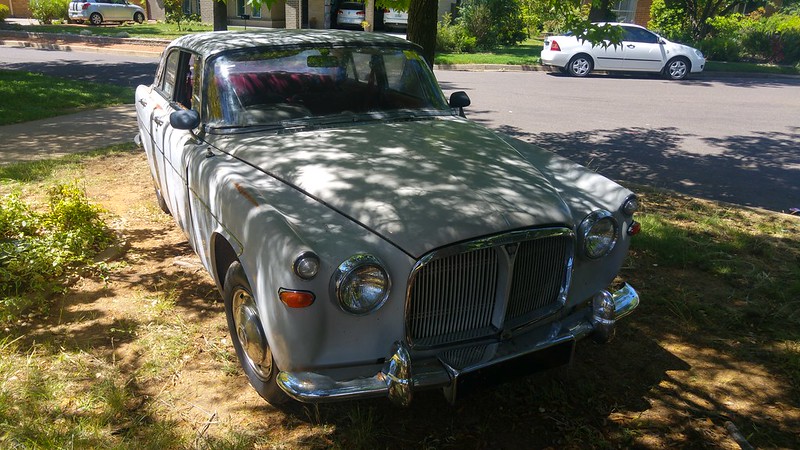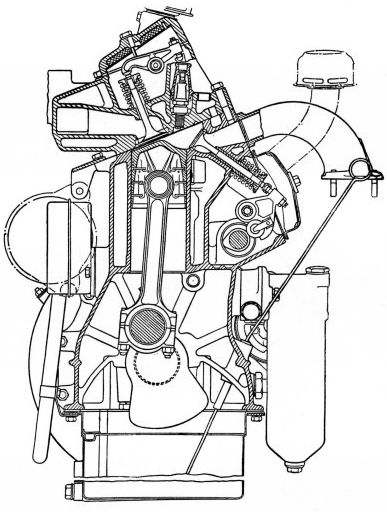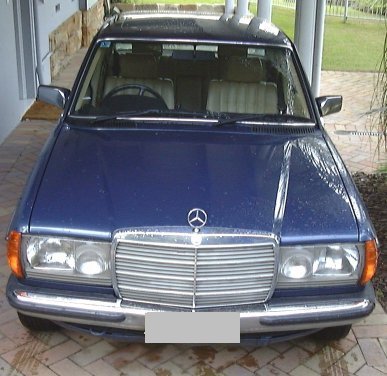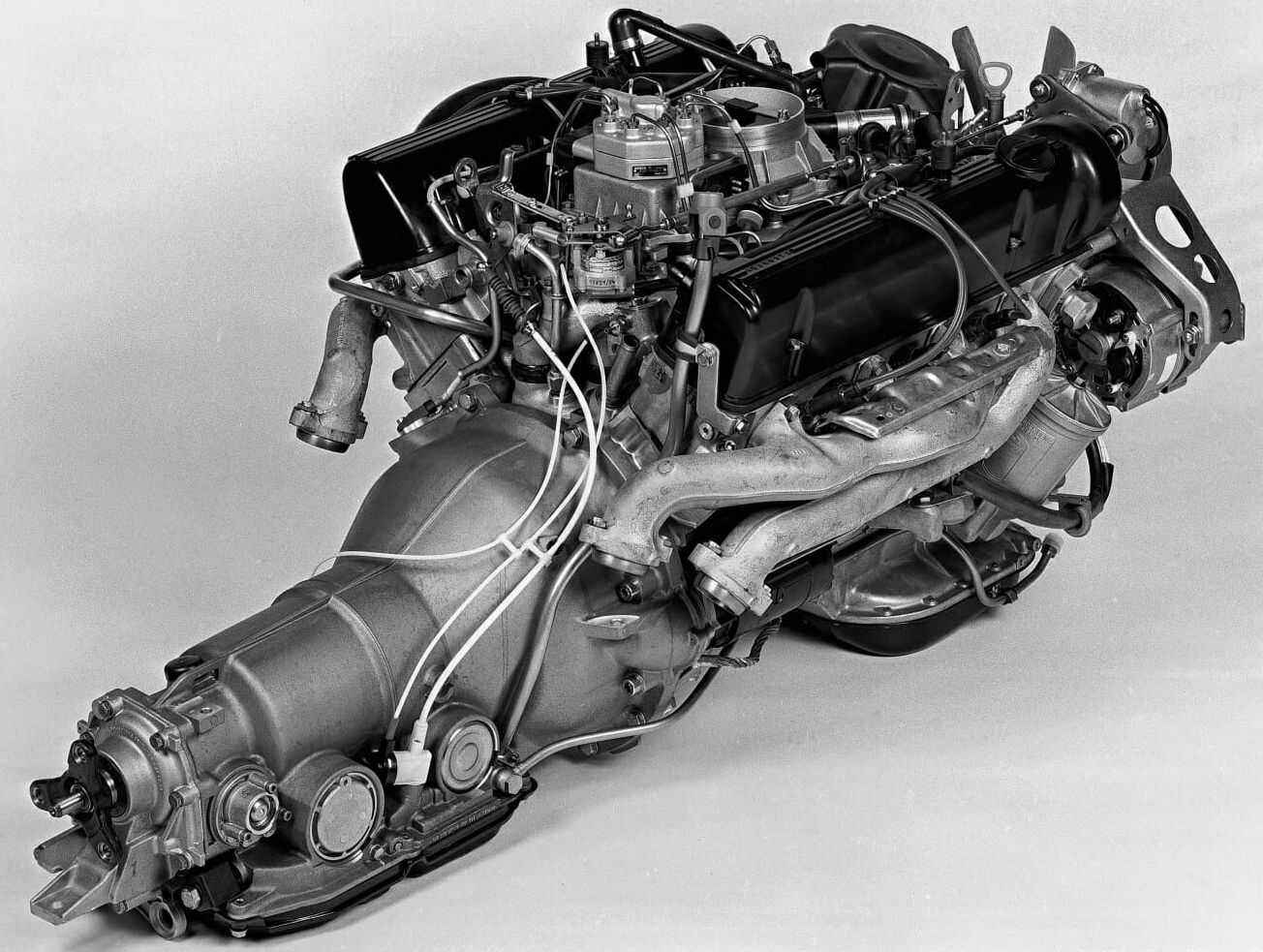About the Rover P5 MKII Coupe
The Rover P5 Coupe is a four door coupe that was 40 years ahead of its time. While the ‘hardtop’ style was popular in the United States, it is a bit different to the four door coupe. The hardtop is more about the absence of a B pillar, whereas the four door coupe is a modified luxury car with lower roof line. This style was brought back into fashion by the Mercedes-Benz CLS and more recently some Audi models. Rover Pioneered this look with their Coupe, launched in late 1962.
More information about the Rover P5 Coupe can be found here. A good history of the model can also be found here.
About this car
I purchased this car from the Flynn collection in Canberra, November 2016. I wasn’t looking for another car, but I had always wanted a Rover P5 Coupe and the price was right ($230 plus costs). On the surface the bodywork and interior both needed attention. What can’t be seen from the photo is the serious rust underneath. The engine was strong, although it needs a full front suspension rebuild.
The V8’s get all the attention, but the 3.0 is an excellent engine and in some ways is more fitting to the character of the car. It is extremely smooth and has a lot of torque so the car just wafts along the road. The interior in this car is very tired, but you can see what nice place to be it would be if in good condition. The dashboard of the Tesla model 3 reminds me of Rover dashboards of this era.
I drove the car back without too many problems from Canberra to Sydney. As long as I kept to about 90-100km/h it was pretty happy.

This car is now sold and was delivered to its new owner just before Xmas 2017. I owned it for about 13 months. Perhaps I will own another P5 or P5B in the future?
During its ownership with Dr Flynn, the car was registered with the ACT numeric plate 6566. The plate was probably worth many times the value of the car. The car was apparently build 10/65, which makes its production date only weeks apart from both my 250SE Cabriolet and E-Type. All three cars have six cylinder engines, each with a very different design.
The Rover has an IOE engine, meaning it has an overhead inlet valve and a side exhaust valve (inlet over exhaust). This is a rather unusual engine design. Mostly, a design like this was used to save costs. However, Rover’s implementation was more a novel way of reducing the impact of road tax. British cars of the day were taxed based on a ‘fiscal horsepower’ methodology, where a HP rating was calculated based on the number of cylinders and their bore. This meant that most British engines were long stroke to reduce the tax burden. The Rover design allowed larger valve sizes than would otherwise be the case with a long stroke engine. The top of the pistons were shaped such that the resulting combustion chamber was like an inverted hemispherical combustion chamber. The diagram below shows the unique valve arrangement.
On the downside the engine was very heavy, but its smooth character very much suited the cars it was paired with.
Related Posts
- November 2016 - The $ 230 Rover P5 MKII Coupe
- November 2016 - First drive of the Rover P5 MKII Coupe
- November 2016 - Rover P5 cheap car challenge
- November 2016 - The Flynn Collection Auction
- December 2016 - P5 Coupe - Further evaluation
- December 2017 - Last drive of my $ 230 Rover P5 Coupe
- April 2019 - Rover parts car - my old P5
- December 2019 - Rover P5 Coupe parts car update


























































